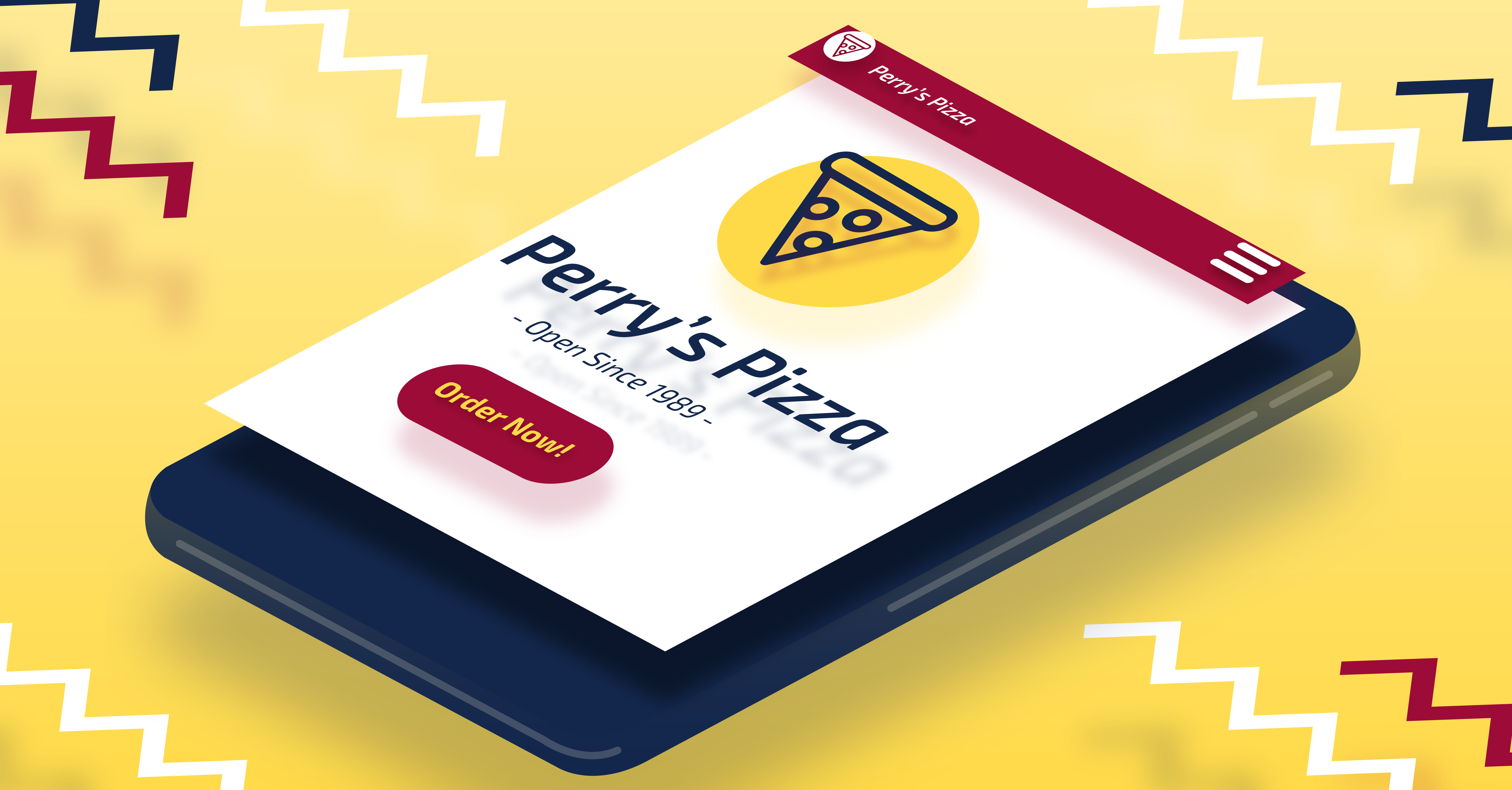5 Tips to Help You Make Your Website Mobile-Friendly
Have you ever visited a website on your phone, only to realize you can’t see half of the screen? To read the information you need, you have to zoom in and scroll around the page. It's hard to follow, and makes for a frustrating experience. After a while, you may give up and either boot up your computer to visit the site, or abandon your search entirely.
Key Takeaway You Will Get From This Article
To make your website mobile-friendly, prioritize a responsive design, adjust font and button size as necessary, exercise retraint with pop-ups, break up long paragraphs, and use simple, appealing images.
So, what's wrong with that website you just tried to visit?
It is not mobile-friendly.
When a website is mobile-friendly, its pages and content will automatically adjust to fit the screen size of the visitor, whether they are using a phone, tablet, or computer. It's no secret that a mobile-friendly website is very important in today's digital age. Your customers are all about experience, and your website is a big part of that experience. If your website is not equipped to make these automatic adjustments, you could be losing more than just website traffic. You could be losing customers, and that means losing money.
In fact, a recent report from Formstack revealed that 57% of users would not recommend a business with a poorly designed mobile site. If you're realizing that your website is not mobile-friendly, don't throw in the towel! Having a web presence is still an essential part of doing business and there are some things you can do to improve the experience you provide.
Keep reading for our five tips to help you improve your website's mobile-friendliness and overall effectiveness!
Why Your Small Business Website Should Be Mobile-Friendly
In addition to meeting the needs of your users, your website's experience affects your Google ranking.
For example, let's say your small business is a hair and nail salon. When a potential customer is looking for a day of pampering, but don't know where to go, they'll turn to Google first. Maybe this person searches for "beauty salon near me". When they do, Google will populate results for this search term and direct the user to high-quality websites that are optimized for the device they are using.
If you want your business to be one of those top results, it's important to maintain a great website. You can use Google’s Mobile-Friendly Test to see what visitors and Google will think of your webpage.
What happens if your site doesn't pass the test? As we said before, don't panic! We can help. Here are five improvements you can make to take your website to the next level.
1. Prioritize a responsive design.
Whether you build your own site or outsource the work to a developer, your website should be responsive. A responsive website goes hand-in-hand with mobile-friendliness. It makes your website easy to view on any device — from a computer, to a tablet, or a phone.
Here's a quick test to see if a website is responsive:
- Open a site page on your computer.
- Click the 'minimize' button in the top right corner of your browser.
- Hover over the side of the page until you see the double arrow.
- Click and drag those double arrows to make the page smaller and larger.
- If the content on the page condenses and shifts to fit the page as it changes size, the website it responsive!
2. Adjust font and button size as necessary.
Nobody likes squinting or zooming to find the information they need. By adjusting the font and button size across your website, you can make you content easier to read.
Your font should be at least 14px. For reference, the sentence you are reading right now is 16px. Font size is easy to adjust, so play around with it until you find that perfect balance.
When it comes to buttons, the bigger the better! (Within reason, of course.) You want your website visitors to click on a button to contact you or request more information, so make sure their design is legible and eye-catching.
3. Exercise restraint with pop-ups.
If you want to include lead generation pop-ups on your website, proceed with caution. Pop-ups often appear bigger on mobile devices, and can take over the entire screen if you're not careful. Plus, too many pop-ups can harm the experience of your website visitor. If they have to close pop-up after pop-up to access the information they really want to read, they may become frustrated and leave your site altogether.
When a visitor enters your website, gets frustrated, and leaves, it is called a "bounce". Google tracks your website's bounce rate and as that rate goes up, your ranking may go down.
These are all important factors to consider when building your website and the strategy associated with it.
4. Break up long paragraphs.
A long paragraph on a desktop looks normal and is easy to read. However, on a mobile device, a lengthy paragraph quickly becomes overwhelming. You can fix this problem by including plenty of white space on your web pages.
Don't be afraid to break up paragraphs by pulling an important sentence down to its own line.
(See what we did there?)
Another helpful rule of thumb is to keep your sentences short and concise. A long sentence on a screen especially is hard to comprehend. We recommend keeping your sentences to 25 words or less as much as possible.
5. Use simple, appealing images.
Images are another way to break up text on your website and improve its overall appeal. When choosing images to post on your site, make sure they support your brand and are relevant to your offering. If you have the resources, incorporate professional shots of your products or team in action.
Most importantly, choose simple images and double-check that your website can automatically resize them based on screen size.
The Bottom Line?
Your website needs to be mobile-friendly.
To offer the best experience possible, make sure your site has: a responsive design, appropriate font sizes, minimal pop-ups, concise text, and simple images.
Your customers will thank you and your rankings will reward you!
If you're looking for a team of professionals to help you enhance your web presence, contact us!
We offer custom web services to help small business owners like you develop or improve their website. With every package, we guarantee that your website will be responsive and mobile-friendly.






